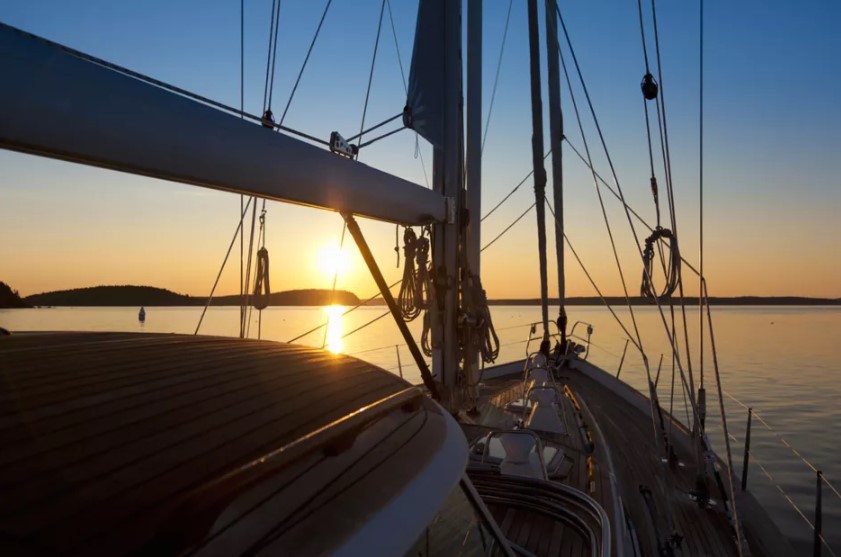 This is an extract from Jimmy Cornell’s book “200,000 Miles – A Life of Adventure“
This is an extract from Jimmy Cornell’s book “200,000 Miles – A Life of Adventure“Choosing a boat for offshore cruising is not a decision to be taken lightly. I have researched this topic on dozens of rallies, speaking to hundred of skippers. Everyone you speak to will have a different point of view about which boat is best and why, but few question the importance of getting it right.
No matter what your budget, there is a bewildering array of choice and a number of important decisions to make, any one of which could severely impact the enjoyment and eventual success of your voyage.
What follows may serve as a checklist for first-timers as well as seasoned ocean sailors in helping to decide the essential elements concerning safety, comfort, performance and functionality, looking at the hull, deck, rig and interior.
Size of boat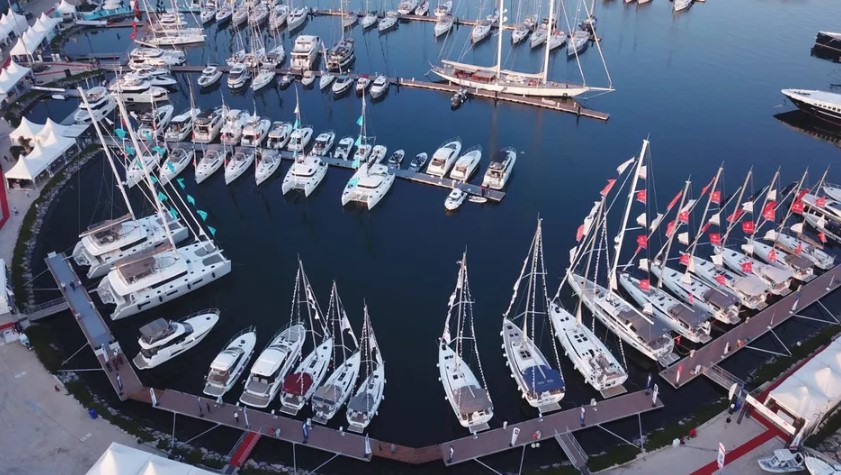
Deciding on the size of a boat is not only the most important choice, but also the most difficult, and it is here that most serious mistakes are made.
Some people choose a boat that is too large for their requirements, too difficult to handle short-handed and more expensive to run and maintain. Electric winches, furlers and bow-thrusters have made larger boats much easier to handle, but ask yourself this: ‘Can I sail this boat with just my partner or, in an emergency, on my own?’
But having said all that, my research shows that more owners complain about their boat being too small. It is a well-known fact that lack of space or privacy can have a negative effect on morale and lead to friction among crew on a long passage.
Monohull versus multihull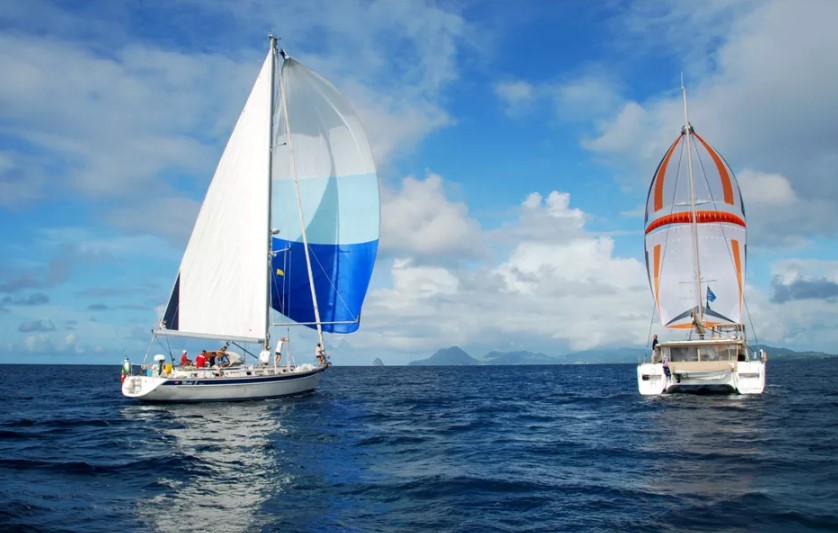
Deciding whether to go for one hull or two is perhaps an even more difficult choice than that of size. With regards to three hulls – I am yet to be persuaded that trimarans are suitable to be sailed on offshore passages by a small family crew.
In the early days there were similar doubts about the suitability of catamarans for offshore sailing, but their design has greatly improved, architects have put a lot of thought into their safety, while builders have done their best to produce strong, seaworthy craft. Their ever-increasing popularity among long-distance cruisers is the best proof of that. As they have many advantages over a monohull of the same length, I have an open mind on the subject of one hull or two.
However, those who plan to set off in a catamaran on a long voyage must choose their route carefully to minimise the risk of encountering dangerous weather. Always observe the safe seasons, and be aware of a catamaran’s weak points. Catamarans are much less forgiving than monohulls when weather conditions deteriorate. A catamaran needs to be helped to overcome extreme conditions, whereas a well-found monohull can be battened down and left to its own devices.
RuddersAccording to various search and rescue authorities and figures compiled by the ARC and other offshore rallies, more cruising boats have been abandoned in the last 30 years because of rudder failure than for any other reason.
A recent example is that of the yacht Dove II, which lost its rudder 400 miles east of Barbados while on passage to the Caribbean in December 2016. The crew, a couple with their children and another crewmember, were unable to improvise an emergency steering system and had to be rescued, abandoning the boat.
Rudders are an essential design feature that should dictate the choice of boat. Suspended rudders have gradually migrated from racing to cruising boats and, unprotected by at least a partial skeg, are extremely vulnerable. If you cannot avoid a boat with this kind of rudder, at least insist that the lower half of the rudder is sacrificial, as this is where it is most likely to be hit by debris.
Regardless of the type of rudder, there must be an adequate emergency backup steering system that is easy to set up and known to all members of the crew.
On my Garcia Exploration 45, Aventura IV, a boat that I helped to design to my exact specifications, the two aluminium rudders are supported by skegs. As an added protection, the upper section of the rudder blades is made of light composite material that will crumple and compress without causing any damage to the hull itself.
This is exactly what happened in a collision with a large lump of ice in the Arctic and the rudder continued to function normally for several thousand miles until repairs could be made.
Keel, draught and displacement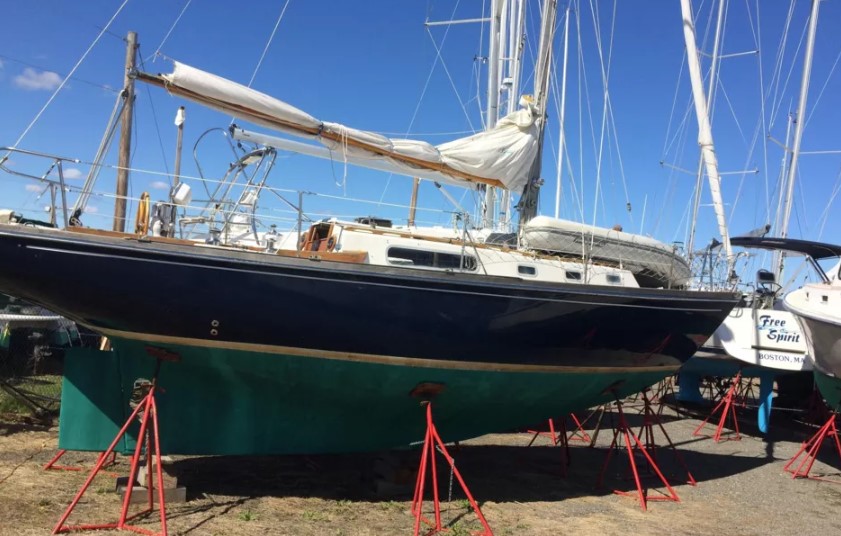
In all my research on the subject of ideal draught and keel type, there was a consensus that a fixed keel may be better suited for ocean passages, whereas shallow draught, whether with a shorter keel and bulb or a centreboard arrangement, was preferable when cruising.
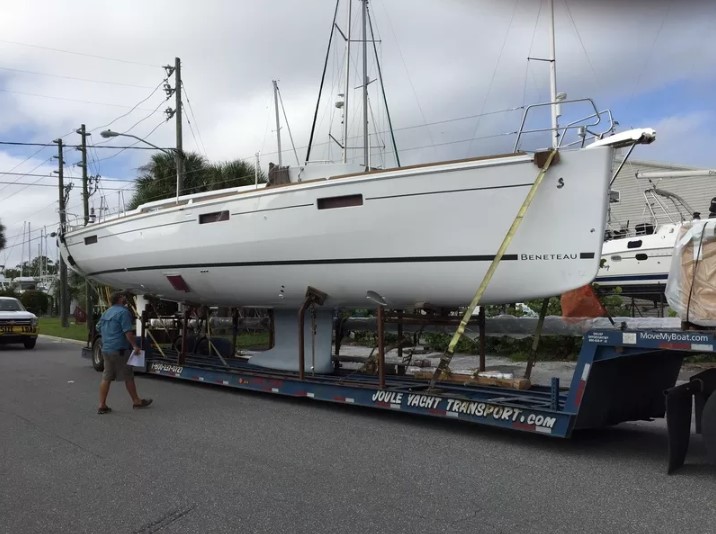
My two last boats had a centreboard and I can state unequivocally that both from the safety and convenience point of view, a centreboard works perfectly, both when exploring shallow areas and on passage.
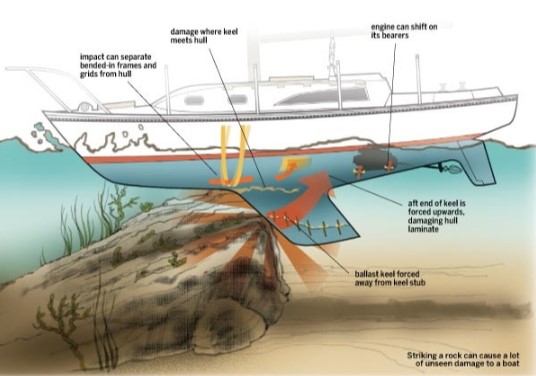
Displacement should be a serious consideration for those interested in sailing performance, as I know too well from personal experience. At nine tons for her 36ft, my first Aventura was on the heavy side and an indifferent sailor in light winds.
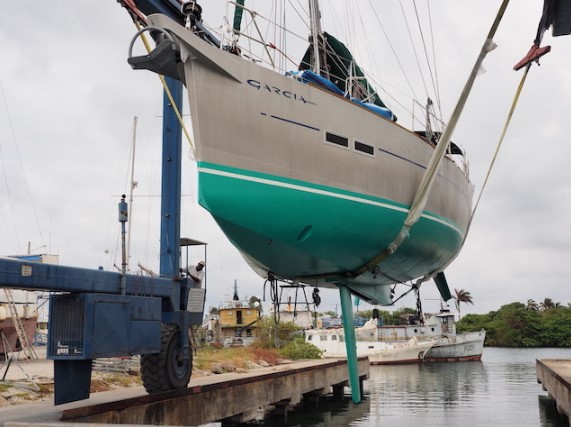
I was determined to get a boat with a lighter displacement for my third Aventura. Indeed Aventura III’s designed displacement of 9.5 tons for a beamy 43-footer was as close to perfect as possible and I always made sure to keep her weight down to a reasonable level.
Hull material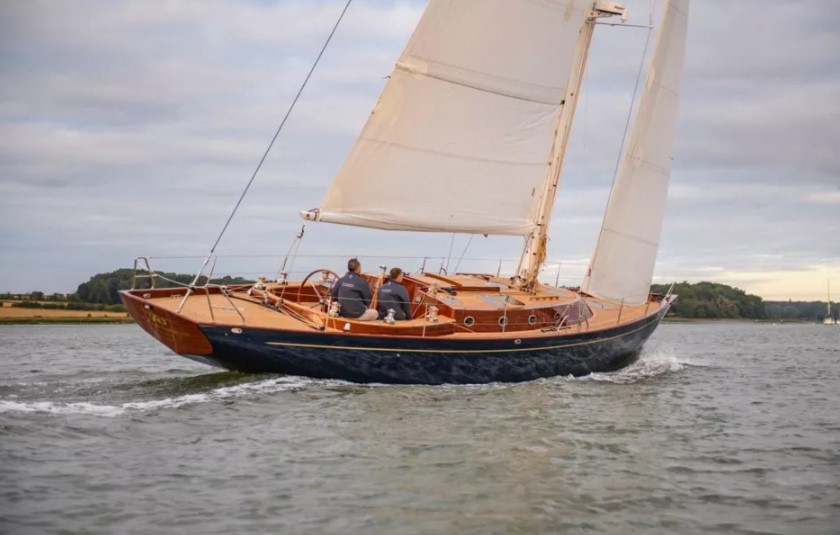
As in the case of displacement, unless hull material is put at the top of the list of priorities, or you order a one-off, this is another decision that may be taken out of your hands. In most cases boats are built in the most suitable material the architect and builder have agreed upon.
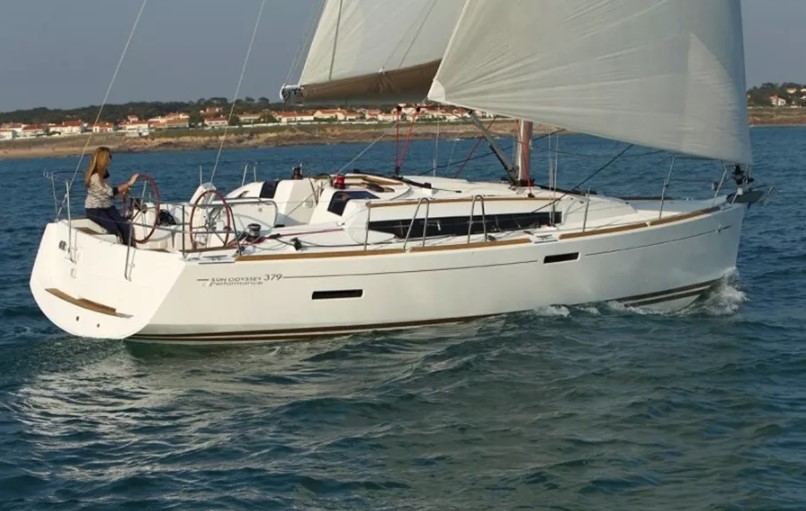
For a long voyage the builder might be persuaded to put some additional strength in critical areas, so it is worth discussing this as early as possible in the process so that such modifications can be done during the initial building stages.
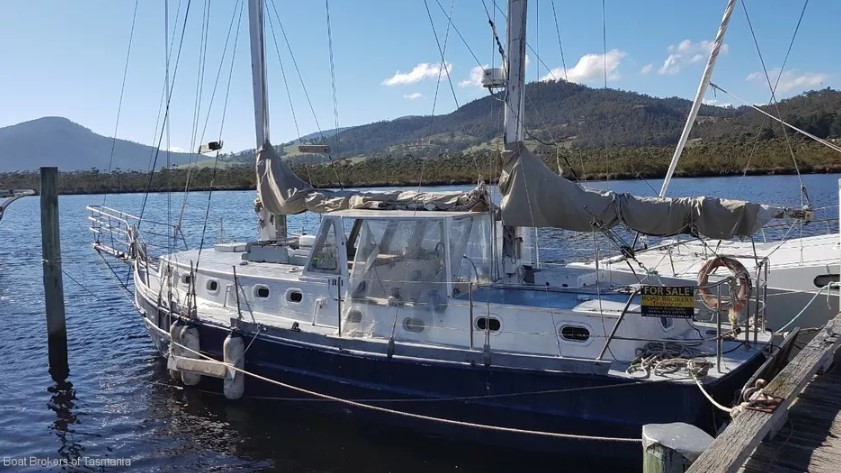
Metal hulls, whether steel or aluminium, are attractive for their intrinsic strength, but there are disadvantages to both materials as well. Steel hulls and decks need good initial preparation for painting, and then careful maintenance throughout the boat’s lifetime.
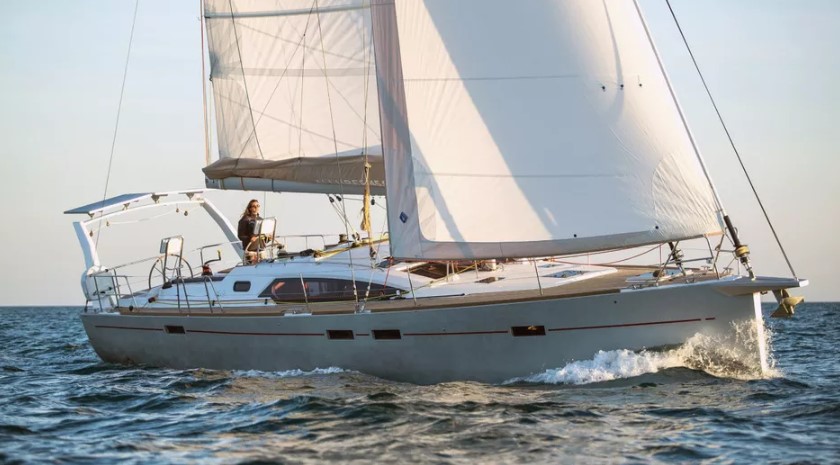
In the case of aluminium hulls, some people may be concerned about the risk of electrolytic reaction. This is quite unjustified: modern alloys as well as building methods have taken care of that.
SailsFor a long voyage one should make sure that the mainsail is made as strong as possible, with double, ideally triple UV-resistant zigzag-stitching and protection patches in the areas where the sail may touch the spreaders when fully let out. The furling foresail(s) should be provided with anti-UV strips.
I have considered the subject of the type of mainsail on a cruising boat and have no doubt that a fully battened mainsail, with slab reefing, is still the best answer for those who are interested in performance.
Mainsail furling systems have evolved, and some of the boom furling arrangements combine the best of two worlds, by offering a quick and easy way to reduce sail surface, and, as the furling mainsail is provided with battens, the loss of performance is quite minimal.
Spinnakers should be provided with adequate dousers or it will be difficult to drop them in a squall when this needs to be done quickly. While there isn’t much to choose between well-cut spinnakers, some dousers are better than others. Ideally, as on the Parasailor, the collar should be rigid and not made of soft material. The douser collar should also have a wide enough mouth to snuff the spinnaker easily.
Various light weather sails, such as asymmetric spinnakers, code zeros, cruising chutes, gennakers etc, come with their own furling gear, and can be a useful addition to the sailing wardrobe, as they are relatively easy to set up and take down on a short-handed boat.
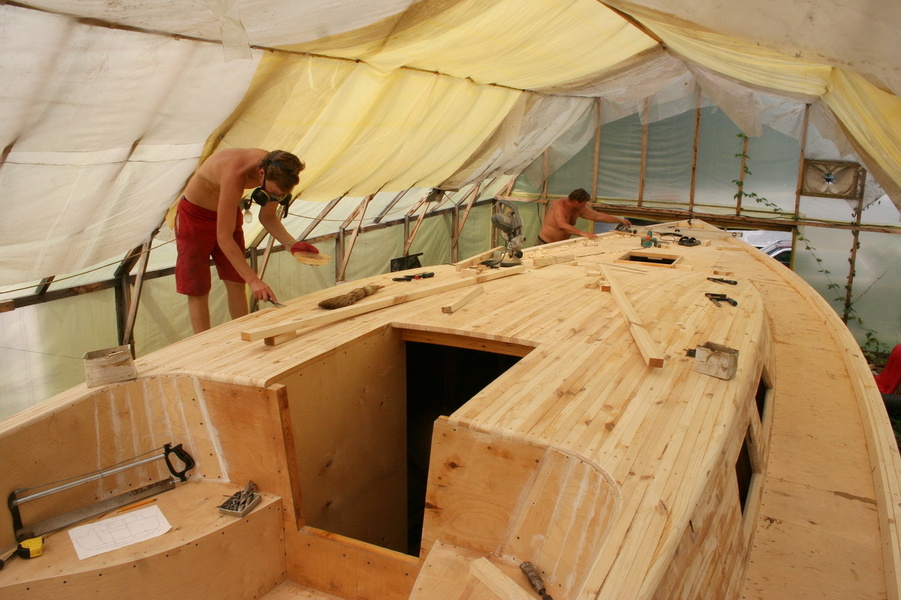 Rigging
Rigging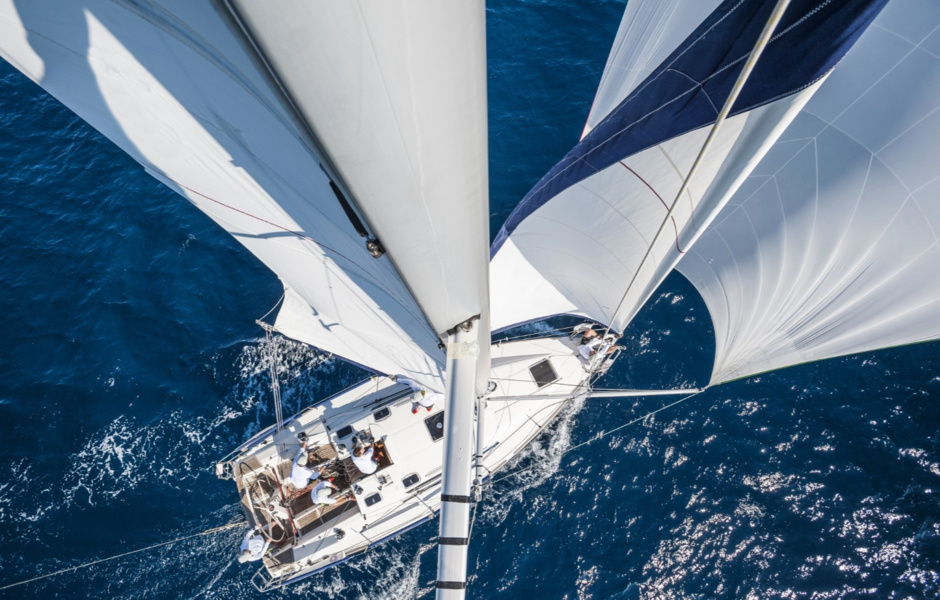
Initially I was determined to have a cutter rig on Aventura IV, but was eventually persuaded that a fractional rig with swept-back spreaders would be more efficient than a standard cutter rig. Indeed, the Solent jib performed very well when close-hauled and the mast was also much better stayed than on the previous Aventura.
But I still insisted on a split rig, with a staysail set on an inner forestay to be used in stronger winds. It was a good solution and reinforced my conviction that the flexibility provided by a two-foresail configuration is a major advantage on any boat over 40ft.
While setting up the running rigging it is a good idea to have a close look at the existing deck layout and the run of the various sheets and lines, which should have a clear unobstructed run back to the cockpit helped by turning blocks at critical points.
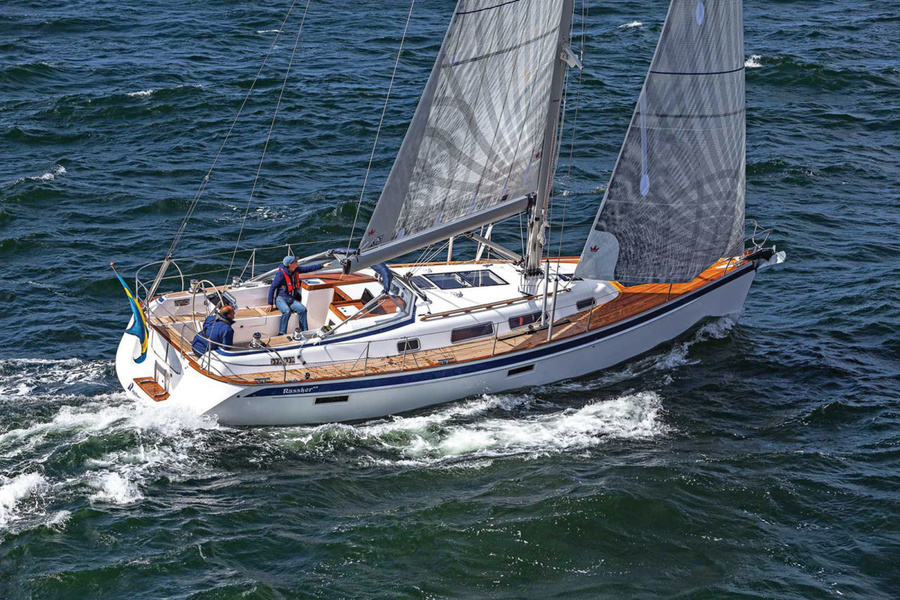
As to halyards, the mast should have enough dedicated channels for spinnaker and foresail halyards, and their backups. On Aventura IV, the mainsail halyard was of Dyneema non-stretch material and I decided to have the boom topping lift from the same material so as to have a permanent backup for the mainsail halyard.
I always prefer to have two spinnaker halyards so they can be used on the lee side when the sail is hoisted. The same halyards were used for the code 0 sail.
Deck layoutAn efficient and functional deck layout is an essential safety feature that allows me and my crew to do most of the sail handling jobs from the cockpit. It is essential that the lines coming to the cockpit are colour coded and brought to individual clutches. The same goes for the control lines from the furling gear. Some production boats fail badly in this respect.
For tradewind conditions, use a fixed pole when running or broad reaching. It is a simple and efficient system that I have used on all my boats, and one I highly recommend.
For efficient sail handling, especially when short-handed, electric winches are almost indispensable. For example, when a foresail needs to be furled quickly before a squall arrives, the furling line can be wound on the electric winch at the touch of a button, while the other hand can ease the sheet gradually as the sail is being furled. This effortless operation rarely takes more than one minute. It works equally well when reefing the mainsail from the cockpit, with the reefing line being hauled in by the electric winch while the halyard is paid out manually.
Interior comfortsComfortable sea berths are essential on an offshore passage and there should be at least one all-weather bunk for the person off watch. As we normally spend most of our day sitting, serious thought should also be given to comfortable seating both in the main cabin and cockpit.
One aspect that is easily neglected if planning to sail with crew is to have two heads compartments.
Good insulation as well as adequate ventilation with sufficient hatches and dorade boxes for rough weather are features often missing on production boats built for temperate climates. They are vital for cruising in the tropics. Good ventilation and sound insulation are essential for the engine room.
A well thought-out galley should be a priority. Compact, U or L-shaped galleys are to be preferred over open-plan ones. There should be sufficient storage space in the immediate area of the galley so that all essential items are within easy reach.
Cockpit protectionGood cockpit protection was one of the main items mentioned by the surveyed captains when questioned about essential features on an offshore cruising boat.
Some designers have managed to provide this useful feature by incorporating a hard dodger without spoiling the overall looks of the boat, but the majority continue to be limited to soft dodgers.
Engine location and size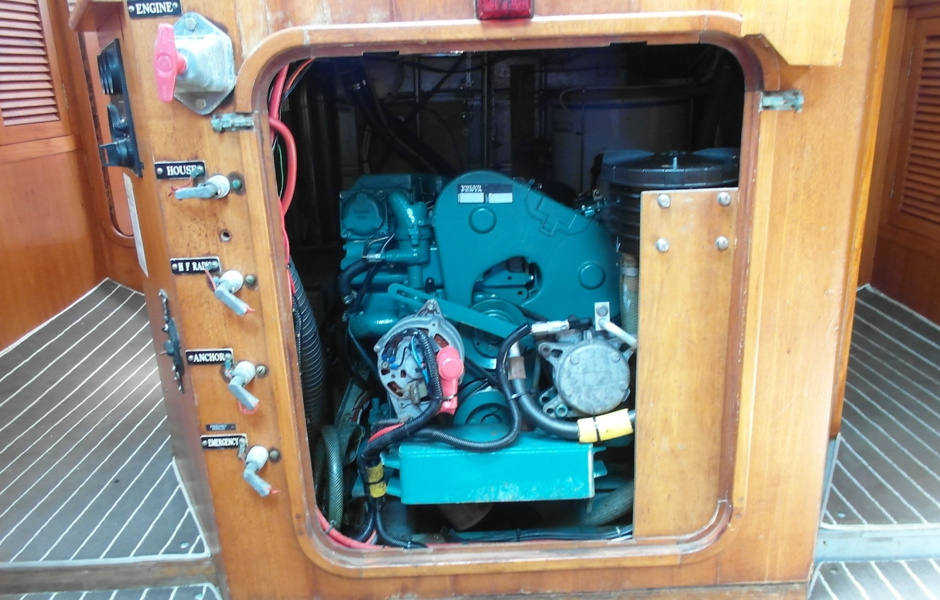
The engine location and general accessibility are features that can easily be overlooked although they should be a high priority. All points that need regular inspection or maintenance should be easily accessible. Equally important is easy access to the main components: alternator(s), belts, starter motor, seawater pump and impeller, injectors, oil changing, fuel and oil filters, engine intake seacock, seawater trap, transmission and stern glands.
This is a very tall order and few production monohulls under 40ft would meet half of those requirements. This is one aspect where catamarans win hands down as their engines are normally located in the stern, and in most cases there is enough space around the engine to make them accessible from all sides.
Most cruising sailors, and that includes me, reckon their boat needs a bigger engine. The old yardstick has always been one horsepower per foot of length. Some prefer a slightly higher ratio of 1.2hp per foot of length. Others use a different yardstick by aiming for 5hp per ton of displacement. I broadly agree with the latter.
SafetyWhenever I am invited to express an opinion on a yacht, I always start by looking at the boat primarily from the safety point of view. Very few boats satisfy me on all the following questions:
- How well protected is the cockpit?
- How exposed is the person at the helm?
- How safe is it to work at the foot of the mast or on the foredeck?
- Are there sufficient handrails provided?
- Do stanchions and lifelines look strong and reliable?
- How dangerously low does the boom pass across the cockpit?
- How easily accessible is the main bilge and is it provided with a pump of adequate capacity, as well as an emergency backup?
- How accessible is the steering mechanism and what provision has been made for an emergency?
- Is the liferaft stowed in an easily accessible place from where it can be launched by the weakest member of the crew?
- How can the dinghy be stowed safely while on passage?
- How easily accessible is the anchor chain?
- How easy it is to board the boat from the water or retrieve an overboard person?
Final decision"Anyone who has never made a mistake has never tried anything new"Albert EinsteinThis is why it is so important to learn not only from your own mistakes, but also from those made by others. At one recent rally it struck me that many of the participants’ boats were well prepared, yet they themselves were not. Too much seemed to have been neglected or left until the last minute, from onboard email capability to essential spares, not to speak of a backup for the autopilot.
I discussed this subject with an old friend whose comments perfectly echo my own views: “We have the great advantage of having started off by sailing on simple boats with no sophisticated equipment. Once you have sailed on such a boat you can easily adjust to a more sophisticated boat, but not the other way around. ”
There is certainly a bewildering choice of yachts and equipment available today, but if you consider the essential features listed here and then prepare yourself and your chosen yacht as thoroughly and as early as possible, you will be in better shape for completing long voyages in greater safety and comfort than we were when we first started off.
By Jimmy Cornell
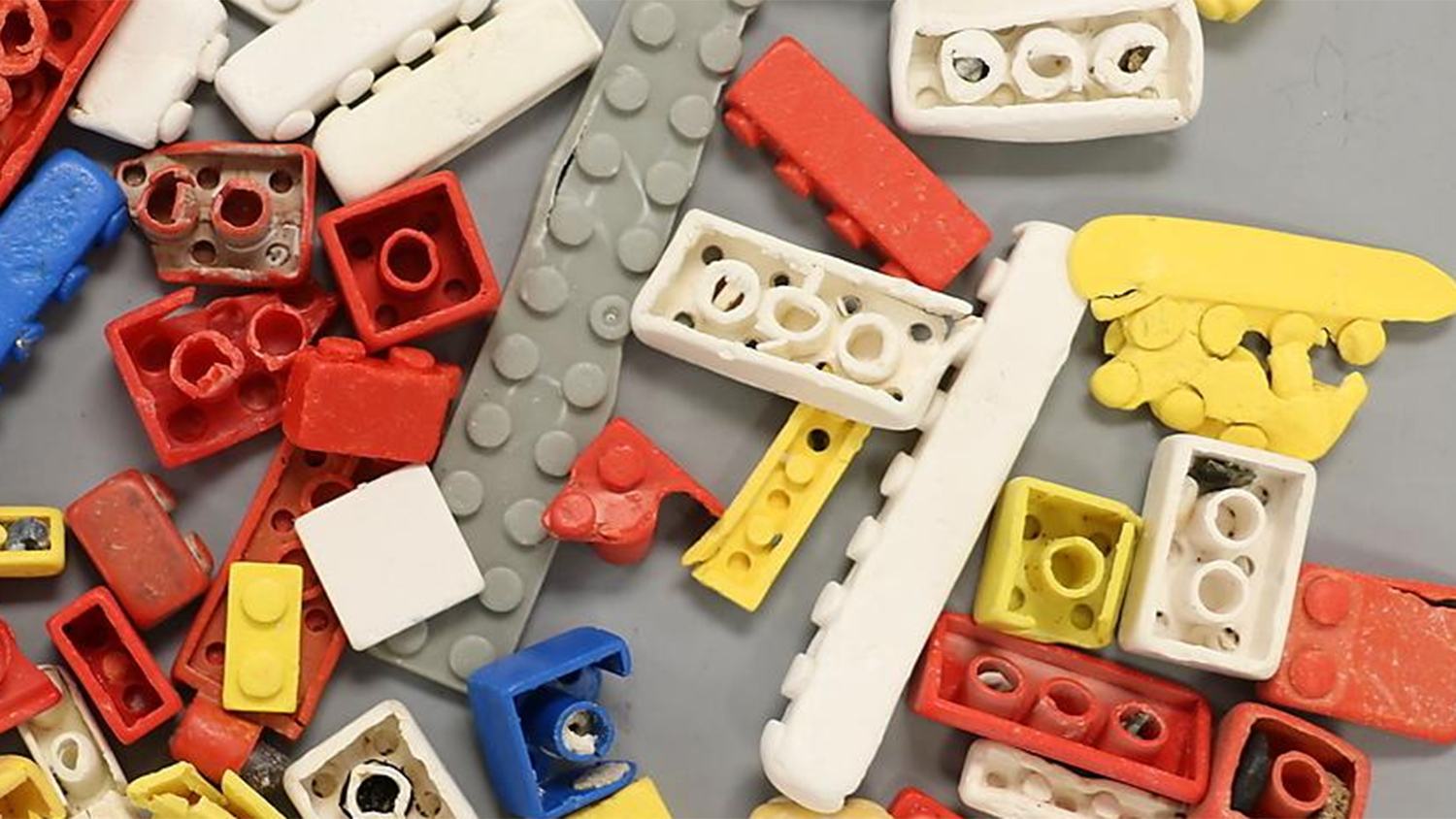



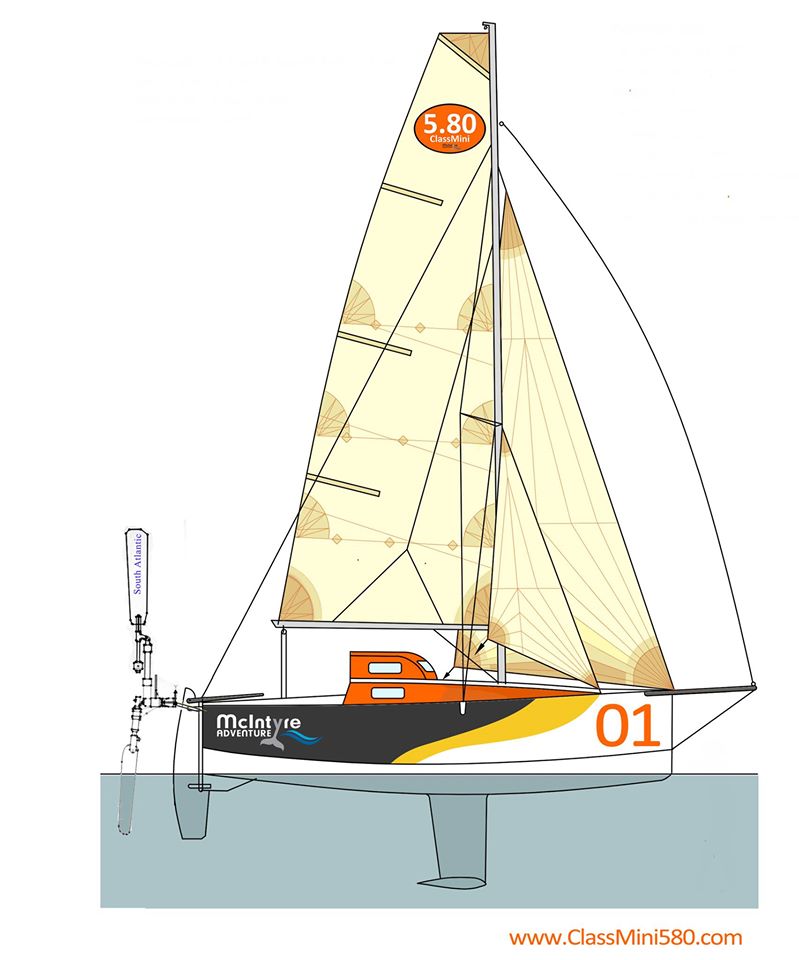

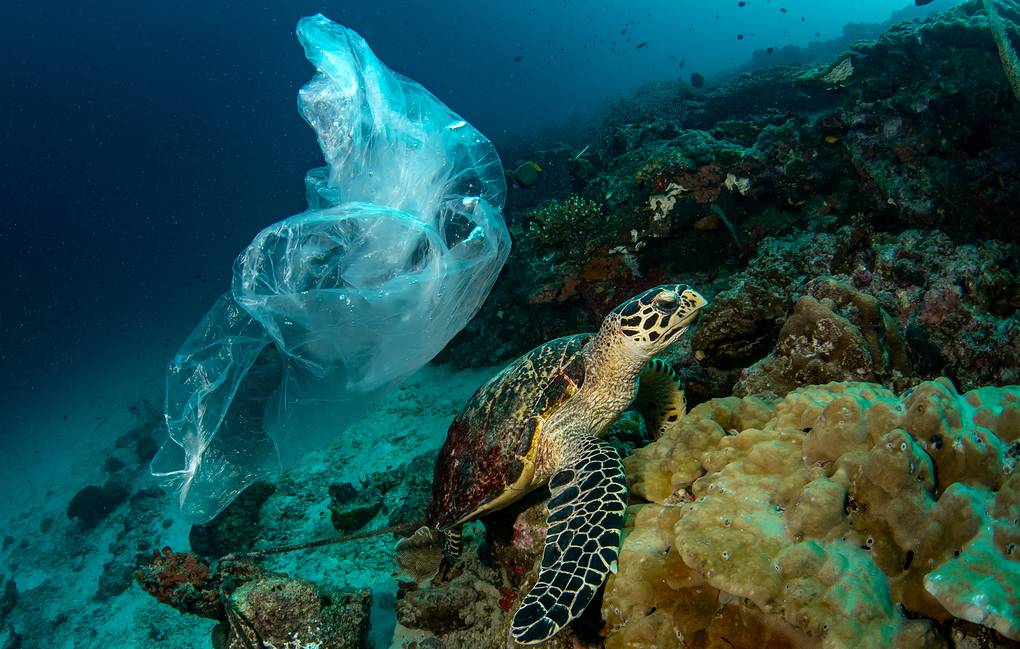
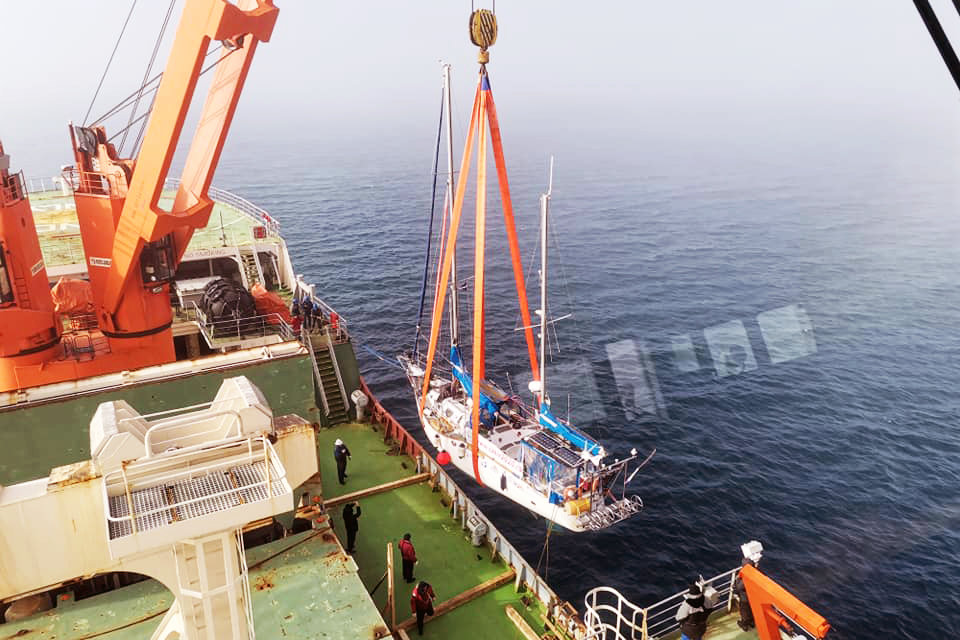
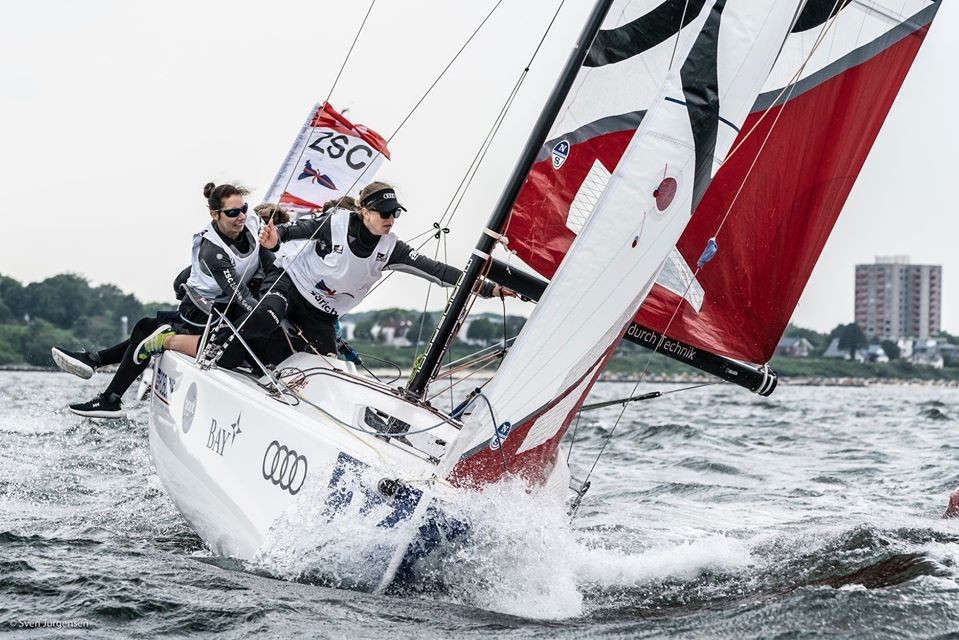





















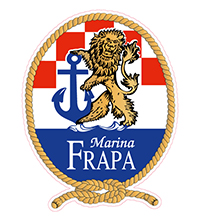
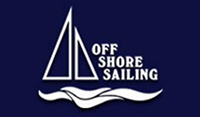
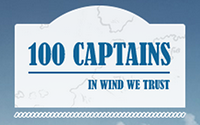

 Гостей: 528
Гостей: 528 Скрытых: 0
Скрытых: 0 Пользователей: 0
Пользователей: 0 April Fools
April Fools